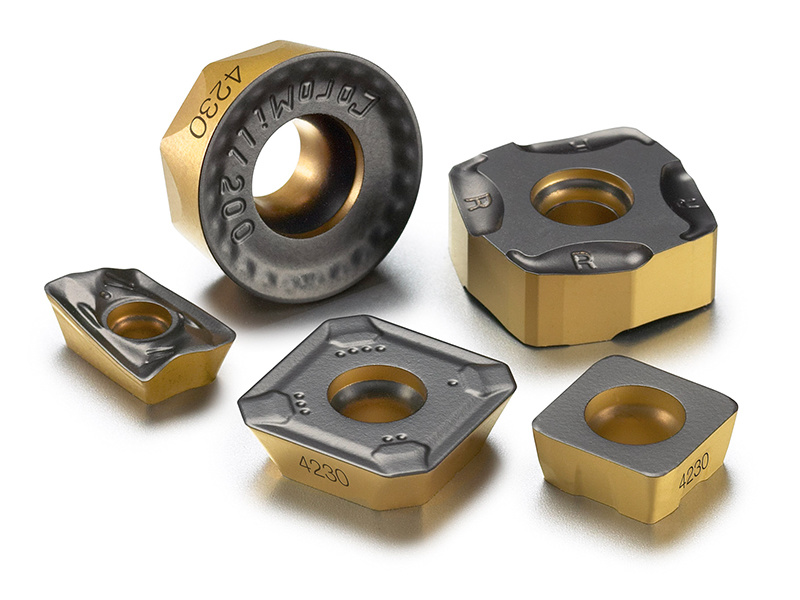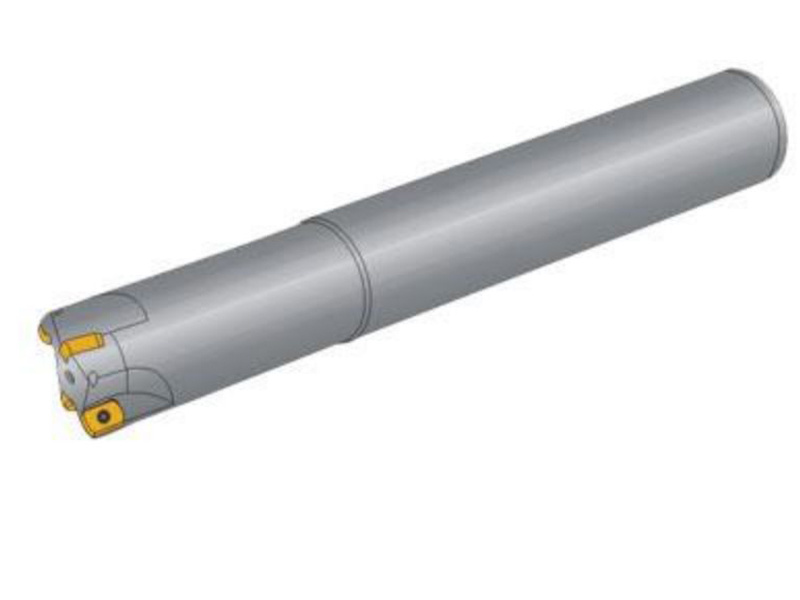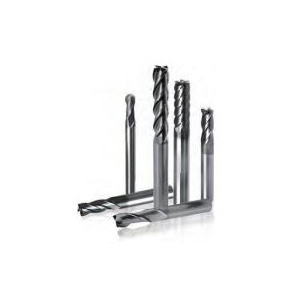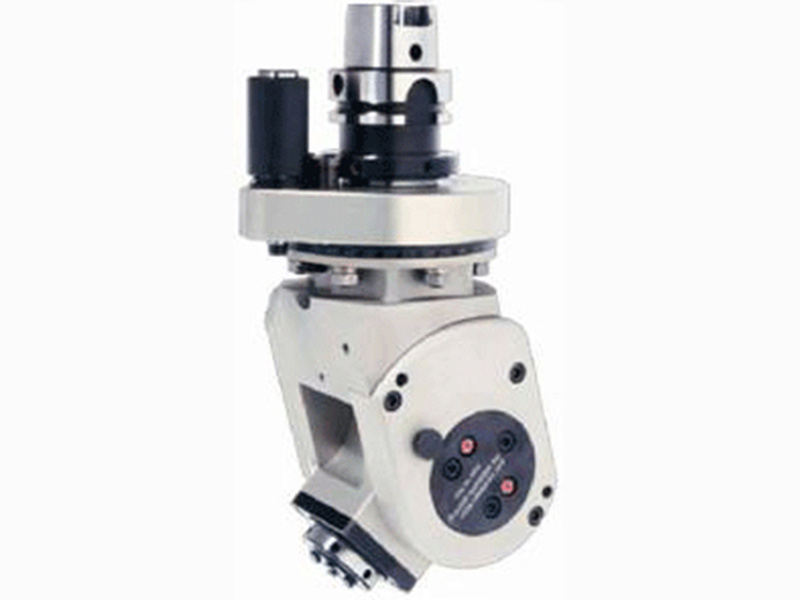
Face milling cutter
Face milling cutters are mainly used for processing flat surfaces. They are characterized by: high production efficiency; good rigidity, and can use larger Feed; There are multiple teeth participating in cutting at the same time, It has good working stability; it adopts a rigid tooth structure, and the sharpening and replacement of the blade teeth are convenient. Tool life is long.
Key words:
Classification:
Key words:
Tool matrix-Fixture matrix
Product Description
Face milling cutters are mainly used for processing flat surfaces. They are characterized by: high production efficiency; good rigidity, and can use larger Feed; There are multiple teeth participating in cutting at the same time, It has good working stability; it adopts a rigid tooth structure, and the sharpening and replacement of the blade teeth are convenient. Tool life is long.
Face milling cutters are divided into two categories. One type is brazed Carbide Blade Fixed on the cutter teeth, and then installing the cutter teeth on the milling cutter body, this is called an insert-type face milling cutter; the second type is to install the carbide insert directly on the milling cutter body, and then use screws, etc. Fixed, this is called an indexable machine clip-on milling cutter. The face milling cutter has two rake angles, axial rake angle and radial rake angle. The direction of the two rake angles is selected according to the material and cutting conditions of the object being processed, that is, positive +, negative -, or zero.
There are cutting edges on the circumferential surface and end face of the face milling cutter, and the end cutting edge is the secondary cutting edge. Since the diameter of the face milling cutter is generally larger, it is Φ50~&Phi ;500 mm, so it is often made into a sleeve-type tooth insert structure, that is, the blade teeth and BD%93/5449763" target="_blank">The cutter body is separated. The cutter body is made of 40Cr and can be used for a long time.
1. Carbide indexable face milling cutter
Carbide indexable face milling cutter (indexable end milling cutter). This structure has low cost and is easy to manufacture. After the blade is blunted, the blade can be converted and the blade replaced directly on the machine tool.
Indexable milling cutters require high blade positioning accuracy, reliable clamping, easy chip removal, and quick blade replacement. Compared with high-speed steel face milling cutters, carbide face milling cutters have higher milling speed and processing efficiency, and the machined surface quality is also better. T-pieces with hard skin and hardened layers can be added to improve the product. It has obvious advantages in terms of quality and processing efficiency.
2. Diameter selection
When plane milling, the selection of face milling cutter diameter size is one of the key issues that need to be considered.
For a plane that is not too large in area, it is advisable to use a face milling cutter with a diameter larger than the width of the plane to achieve single plane milling. The ideal width of the face milling cutter should be 1.3 to 1.6 times the width of the material.
For a plane that is too large, it is subject to various constraints, such as machine tool power, tool and indexable insert geometry, installation stiffness, depth and width of each cutting, and other processing factors. When the diameter of the milling cutter cannot be larger than the width of the processing plane, it is advisable to use a face milling cutter with a diameter suitable for milling the plane in multiple passes. Especially when flat and rough machining, the depth of cut is large and the margin is uneven. Considering the power of the machine tool and the stress of the process system, the diameter D of the milling cutter should not be too large.
3. Selection of face milling cutter teeth
The number of teeth of face milling cutters has a direct impact on milling productivity and T-cutting quality. If the number of teeth is large, the number of teeth participating in cutting at the same time will also be large. The productivity will be high, the milling process will be stable, and the processing quality will be good. However, its negative effects must be taken into consideration. Impact: The denser the teeth, the smaller the chip space, and the chip removal is not smooth. Therefore, a milling cutter with a relatively large number of teeth can only be used when the finishing allowance is small and the chips are small. The number of teeth of an indexable face milling cutter is based on the diameter. They can be divided into three types: coarse teeth, fine teeth and dense teeth. Coarse-tooth milling cutters are mainly used for rough machining; fine-tooth milling cutters are used for milling under stable conditions; fine-tooth milling cutters have a small feed per tooth and are mainly used for processing thin-walled cast iron.
Face milling cutters mainly use end teeth to process various planes. The main declination angle of the cutter teeth is generally 45°, 60°, 75°, 90°. A face milling cutter with a main declination angle of 90° can also process a right-angled surface perpendicular to the plane at the same time. The height of this surface is limited by the length of the blade. .
Related Products
Related Cases
Welcome your message consultation






